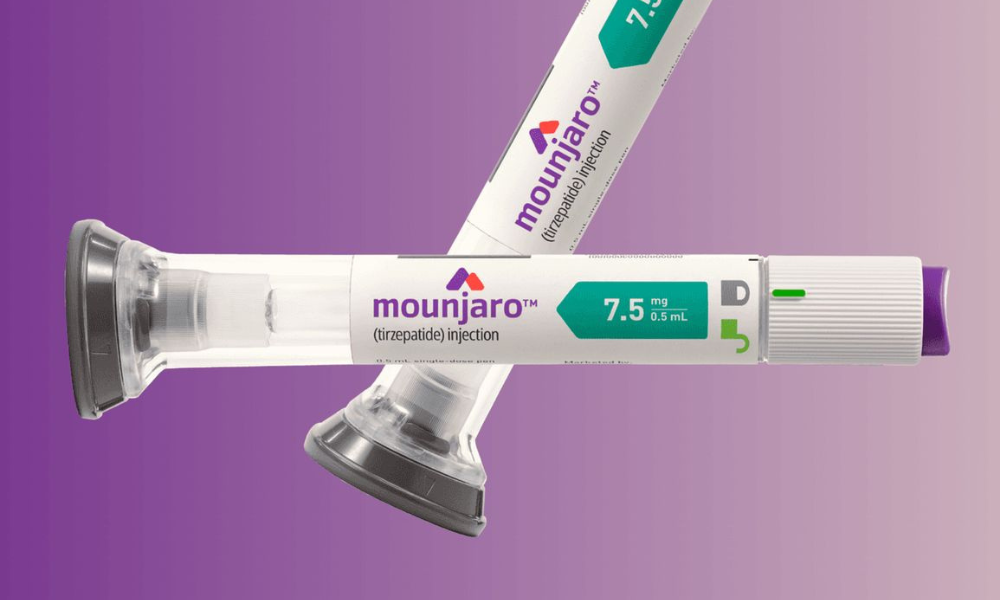Designed for people with type 2 diabetes, it also gained attention for helping with weight loss. With all the buzz, it’s natural to feel curious. But along with the benefits, you need to know about Mounjaro side effects. Think of this article as your go-to guide—clear, simple, and a little lighter to read. We’ll walk through the common effects, the less frequent ones, and how they might show up in everyday life. That way, you’ll feel prepared and confident if Mounjaro is part of your journey.
Common Mounjaro Side Effects
When starting Mounjaro, your body goes through an adjustment period. Side effects typically last for the first few weeks and will usually slow down once your body adjusts to the medication. Small adjustments, like eating smaller meals or avoiding fatty foods, can make a big difference. For most people, this shows up in the form of digestive changes:
- Nausea: The most commonly reported side effect. It’s usually mild to moderate and tends to improve over time.
- Vomiting: Less frequent, but can happen as your body adapts.
- Diarrhea or constipation: Both are possible, depending on your system’s reaction.
- Decreased appetite: While this can assist with weight loss, it can become uncomfortable if hunger is reduced too far.
- Bloating or indigestion: Feeling full after eating is most commonly reported.
Less common but noticeable side effects
These tend to be temporary and are usually less severe than the benefits. Nevertheless, if they hang on or interfere with your life, it is always a good idea to talk to your physician.
- Fatigue: Some are more tired than usual, especially at the start.
- Injection site reactions: Redness, swelling, or soreness where the injection is given.
- Acid reflux or burping: Not dangerous, but annoying.
Rare but Serious Side Effects
Like any prescription medication, Mounjaro has rare but more serious side effects. Though they are rare, you should know about them:
Pancreatitis: Ongoing stomach pain that won’t go away may be a warning sign.
Allergic reactions: Rash, swelling, or breathing difficulties need to be treated.
Gallbladder problems: Upper abdomen pain, especially with nausea or fever, could be a sign of an issue.
Thyroid tumors (on lab tests) : While this has not been proven in people, it’s something physicians are wary of.
If any of these symptoms are noticed, immediate medical attention is needed. For more information, check out WebMD.
Tips to Deal with Side Effects
The good news is that the majority of Mounjaro side effects are manageable. Here are a few simple lifestyle changes that may be helpful:
Start with food slowly: Have lighter, more frequent meals to reduce nausea.
Stay hydrated with water: Water enhances digestion and avoids constipation.
Avoid rich or fatty foods: These exacerbate digestion issues.
Be patient: Most side effects go away once your body adjusts to it.
Mounjaro has opened new doors for people managing type 2 diabetes and those aiming for weight loss. While side effects are part of the picture, most are temporary and manageable with the right approach. By knowing what to expect—and when to call your doctor—you’ll be better prepared to make Mounjaro work for you.




